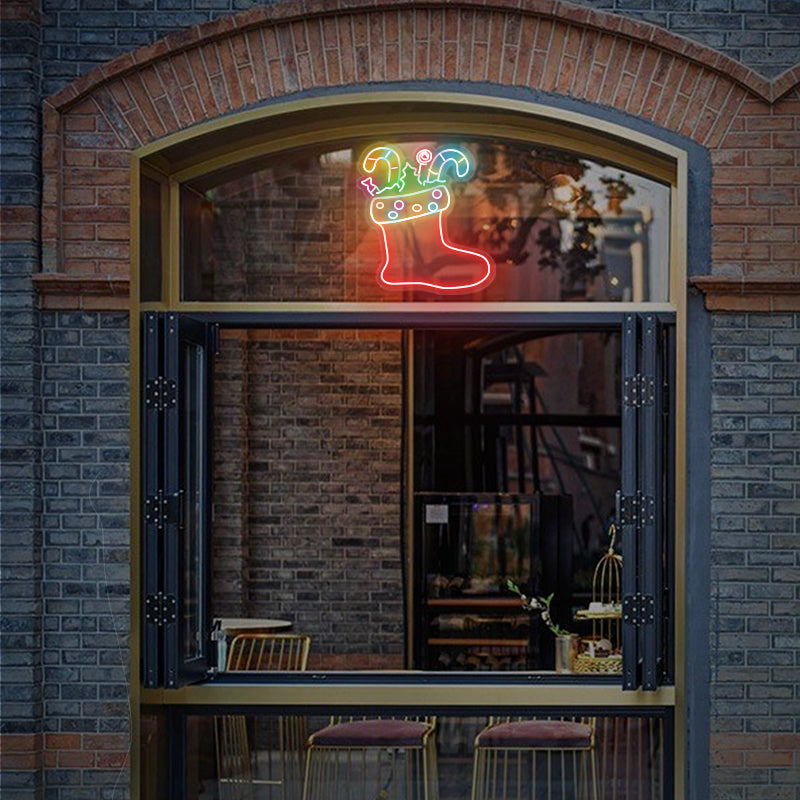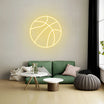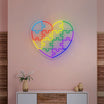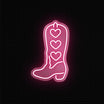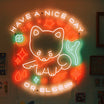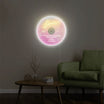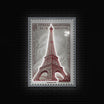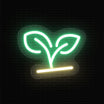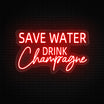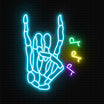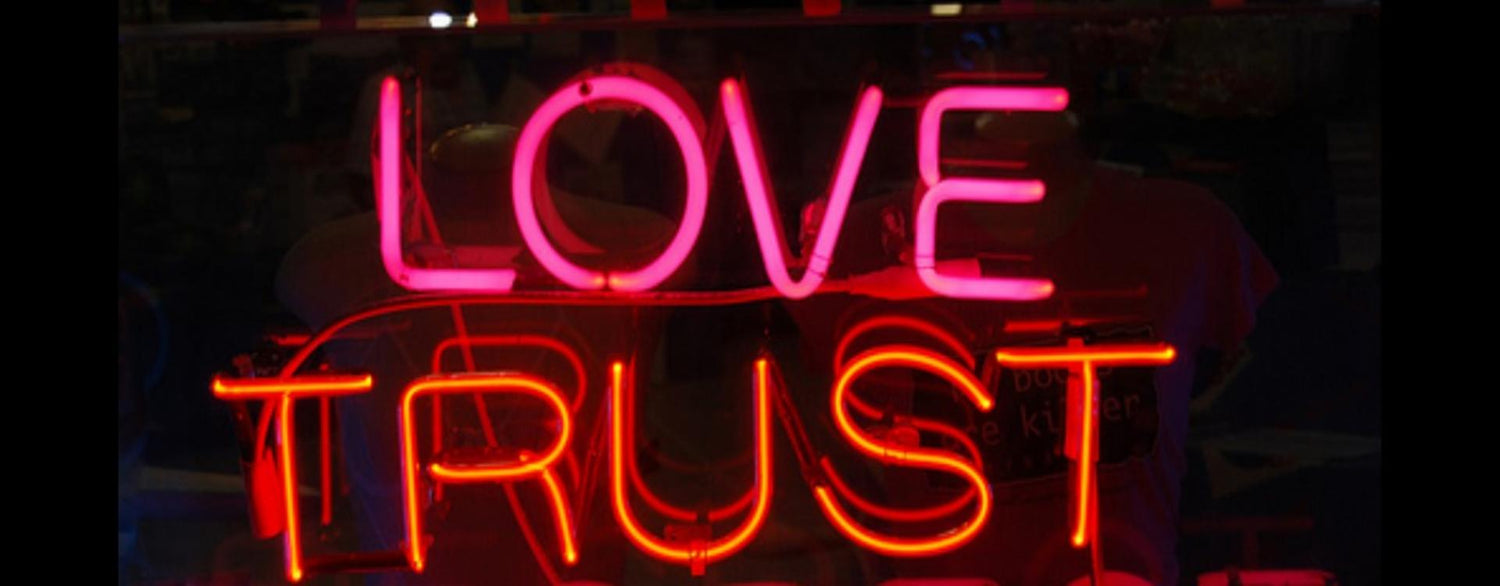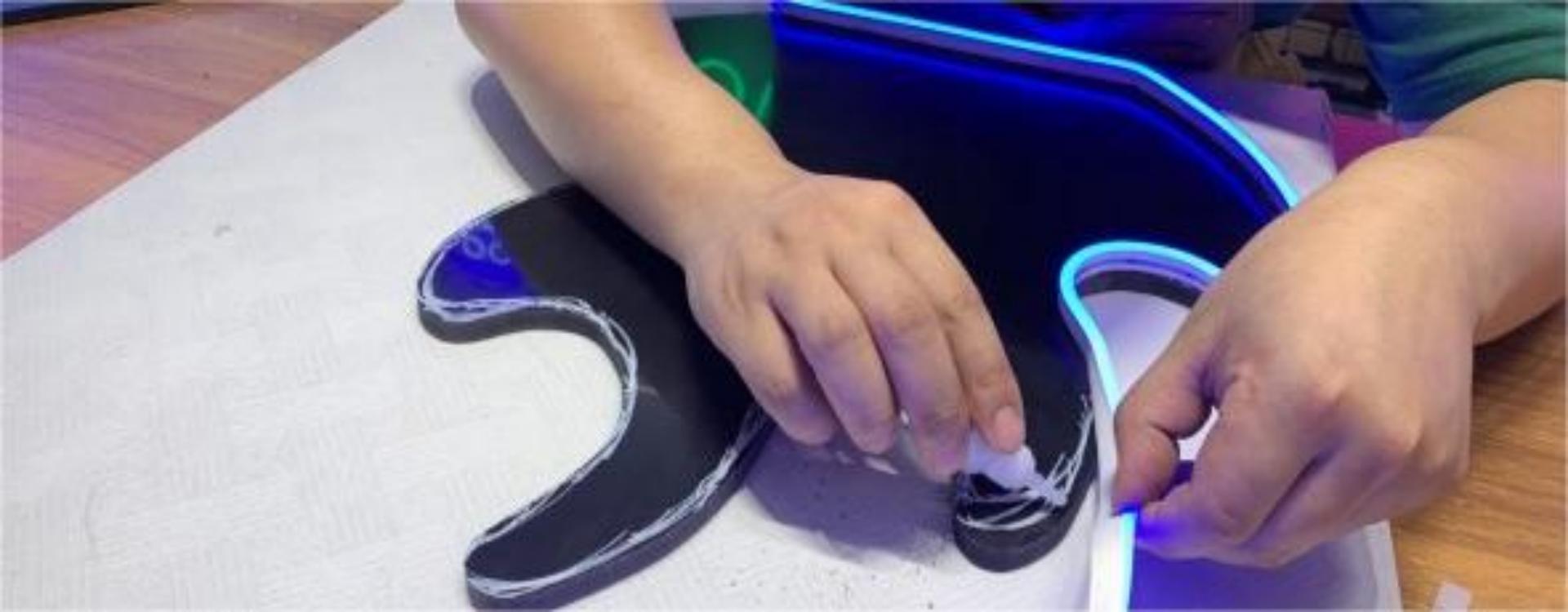Neon lighting has been a popular form of lighting for many years. From its origins in the early 20th century to its current use in modern design, neon lighting has come a long way. But have you ever wondered when neon lights were first invented? This blog post will explore the history of neon lighting, from its invention to the present day. We'll look at the key developments that have made neon lighting such a popular choice today and discover just when neon lights were first invented.
A Brief History Of Neon
Neon lighting is a form of lighting that has been around for over a century. The first neon lighting was invented by French chemist Georges Claude in 1910. His invention was based on experiments with liquefied gases and electric discharges. The first commercial fluorescent lamp was created in 1915 and was used for the first time in a French car dealership. Georges Claude then went on to create the first neon signs in 1912 in Paris. These signs were used to advertise products and services, and they soon became popular around the world.
Neon lighting became a popular form of advertising in the 1920s and 1930s, and it continues to be used today. Neon lighting has been used in television, movies, and other forms of media since the 1930s. Neon lights are now used in many different places, from bars and restaurants to homes and offices. Neon lighting provides a unique way to light up a room and create a vibrant atmosphere.
Neon lighting has a long and interesting history that dates back to the early 1900s. The invention of neon lighting has allowed businesses to create eye-catching signs and advertisements that stand out from the crowd. Neon lighting is still used today in many different forms and continues to be popular in the advertising industry.
Deriving its moniker from the Hellenic term "Neos", symbolizing "fresh", Neon reigns as the cosmos' predominant constituent. Yet, on our terrestrial home, it constitutes a mere 0.0018% of the atmospheric composition. In its innate state, it remains devoid of hue and fragrance, exhibiting an aloofness by resisting amalgamation with any counterparts. The honor of its maiden isolation in 1898 rests with savants Sir William Ramsey and Morris Travers. This epochal discovery commenced with the distillation of liquid argon, culminating in the emergence of krypton. (For those seeking a deeper dive into the scientific tapestry underlying this narrative, such discussions beckon elsewhere; our focus today diverges from that tangent).
When were neon lights popular
Neon lights have been around for many years, but they first became popular in the 1920s in the United States. The invention of neon lights is credited to French engineer Georges Claude, who first created the technology in 1912. Initially, neon lights were used to light public spaces like shop windows and marquees.
By the 1950s, neon lights had become an integral part of commercial settings, appearing in signs for businesses, advertising, and even on cars. Neon lights experienced a resurgence in popularity in the 1980s, when their bright colors and bold designs made them a favorite of the burgeoning neon art movement.
Today, neon lights are still popular, often seen in bars, clubs, and restaurants as a form of decorative lighting. Although they are used mostly in an aesthetic capacity, neon lights can still be found in commercial settings, used to illuminate signs and businesses.
Neon lights are one of the most enduring and recognizable forms of lighting, having been around for over a century. They have remained popular in various forms throughout the decades, and show no signs of slowing down anytime soon.
First neon sign in America
In 1923, French chemist Georges Claude revolutionized the lighting industry when he invented the first neon sign in the United States. Claude had been experimenting with a new type of gas-discharge lighting since 1910 and the result was a mixture of neon gas and mercury vapor powered by electricity. The first neon sign was created for the Packard Automobile dealership in Los Angeles, California and depicted the word “Packard”. This marked the beginning of a new era of advertising and the iconic neon signs that have become a staple of the American landscape.
Since then, neon signs have grown to advertise a wide variety of products and services, from cars and restaurants to movie theaters and casinos. Neon signs have become an integral part of American culture and are often used to evoke nostalgia and add a unique touch to a business. They are also a great way to attract attention and draw customers. Whether it be a classic neon sign or a modern LED display, neon signs are sure to make an impression.
EARLE C. ANTHONY
America's inaugural encounter with neon signage emanated from the vision of Earle C. Anthony, the luminary behind Packard Motors. Entrusting Claude with his vision, Anthony procured a duo of neon illuminations. By the dawn of the 1920s, his 1911-established Downtown Los Angeles establishment flaunted the now-legendary 'Packard' neon beacon. This luminous testament persists at the Packard Lofts residence (refer to the ensuing imagery), strategically anchored at the erstwhile automobile exhibit nexus of Olympic Boulevard and Hope Street. Las Vegas, in this epoch, was but a tranquil desert enclave.
Throughout its centennial trajectory, neon's narrative has ebbed and flowed. It's lamentable that many still tether neon's luminescence to unsavory precincts and seedy taverns, shrouded in whispers. Post the 60s, neon's allure waned, as enterprises deemed it an antiquated electric signage modality, scarcely resonating in quotidian existence. Yet, the preceding decennium has witnessed a neon renaissance. No longer just luminous signboards, they've been recast as aesthetic masterpieces. At Neon Creations, our clientele often seeks these radiant artifacts as quintessential tokens of affection.
Although neon's luminosity might have dimmed in urban hubs, its artistic metamorphosis is irrefutable. As many immerse in architectural revivals, neon masterpieces undergo meticulous restorations, subsequently gracing museum halls and art galas. So, have you charted your odyssey through the radiant realm of neon?
What are neon lights used for
Neon lights are a unique and eye-catching form of lighting that has been a staple of modern culture since they were first invented in 1910 by French physicist Georges Claude. While they are most commonly used for signage, advertisement, and decoration, they have many more uses as well. Neon lights can often be found in shop windows, on the sides of buildings, billboards, and other public places. They are also used for a variety of special events, such as concerts, weddings, festivals, and more.
Neon lights can also be used to create a specific mood or atmosphere, such as in bars, restaurants, and other places. Additionally, they are becoming increasingly popular in art and design, as they can be used to create unique and interesting visual effects. Neon lights offer a versatile and economical way to light up a space and create an eye-catching atmosphere.
Since their invention in 1910, neon lights have become an iconic symbol of modern culture. With their versatile uses and creative applications, it is easy to see why neon lights have become so popular over the years.
Resurgence and new LED neon technology
Neon illuminations, once relegated to simple adornments, now grace the interiors of abodes and corporate sanctums alike. Venturing into coffee nooks or dining establishments, it's a rarity not to encounter witticisms or depictions manifested through LED neon luminescence. The digital sphere, especially social media platforms, has played a pivotal role in rekindling this fascination, enabling individuals to etch moments against these luminous backdrops, declaring their locales and endeavors.
At Lamomoneon, each LED Neon creation is meticulously crafted, ensuring your preferred motif comes to life. Such intricate dedication means mass fabrication remains elusive, bestowing upon each piece a distinct artisanal essence.
Neon's odyssey, spanning over a century, is punctuated with peaks and troughs. Yet, the previous decade has witnessed a reawakening. Connoisseurs now laud neon illuminations, elevating them to an artistry echelon.
Should you seek guidance in sculpting the quintessential LED neon luminance tailored for your milieu, beckon Lamomoneon's expertise forthwith!



